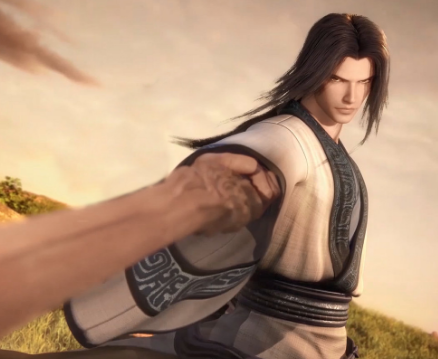In ancient Chinese legends, there was a figure known as the "Sword Saint" - Gai Nie. With his excellent swordsmanship and noble personality charm, he became a legendary figure in martial arts stories. However, when we try to explore the real existence of Gai Nie from a historical perspective, we face a series of questions and challenges. So, did Gai Nie really exist in history?

Firstly, it needs to be clarified that as a specific historical figure, Gai Nie's life story has not been recorded in official histories. Authoritative historical documents such as "Records of the Grand Historian" and "The Book of Han" do not contain any records about Gai Nie. This poses a certain difficulty in confirming whether Gai Nie really existed.
However, this does not mean that we can completely deny the existence of Gai Nie. In many ancient documents and folk legends, there are descriptions of Gai Nie. His swordsmanship was superb, earning him the title of "Sword Saint". It is said that his swordsmanship was directed at the heart, able to control the enemy with the sword without harming their body. Although these descriptions carry a certain mysterious aura, they also reflect people's admiration and respect for the character of Gai Nie.
In addition, we can also understand the existence of Gai Nie from a cultural perspective. In ancient Chinese society, martial arts and swordsmanship were regarded as a way to cultivate oneself, and swordmen and heroes often became the protagonists of literature and art. The image of Gai Nie is a product of this cultural background. He represents people's idealized pursuit of superb martial arts and noble moral character.
In summary, we cannot determine whether there was really a person named Gai Nie in history. But from a cultural perspective, Gai Nie is undoubtedly a figure with important symbolic significance. He represents the pursuit of martial arts and morality in ancient Chinese society, and also reflects people's aspiration for an ideal personality. Whether Gai Nie existed in history or not, he has already become an indispensable symbol and image in Chinese culture.
Disclaimer: The above content is sourced from the internet and the copyright belongs to the original author. If there is any infringement of your original copyright, please inform us and we will delete the relevant content as soon as possible.
































